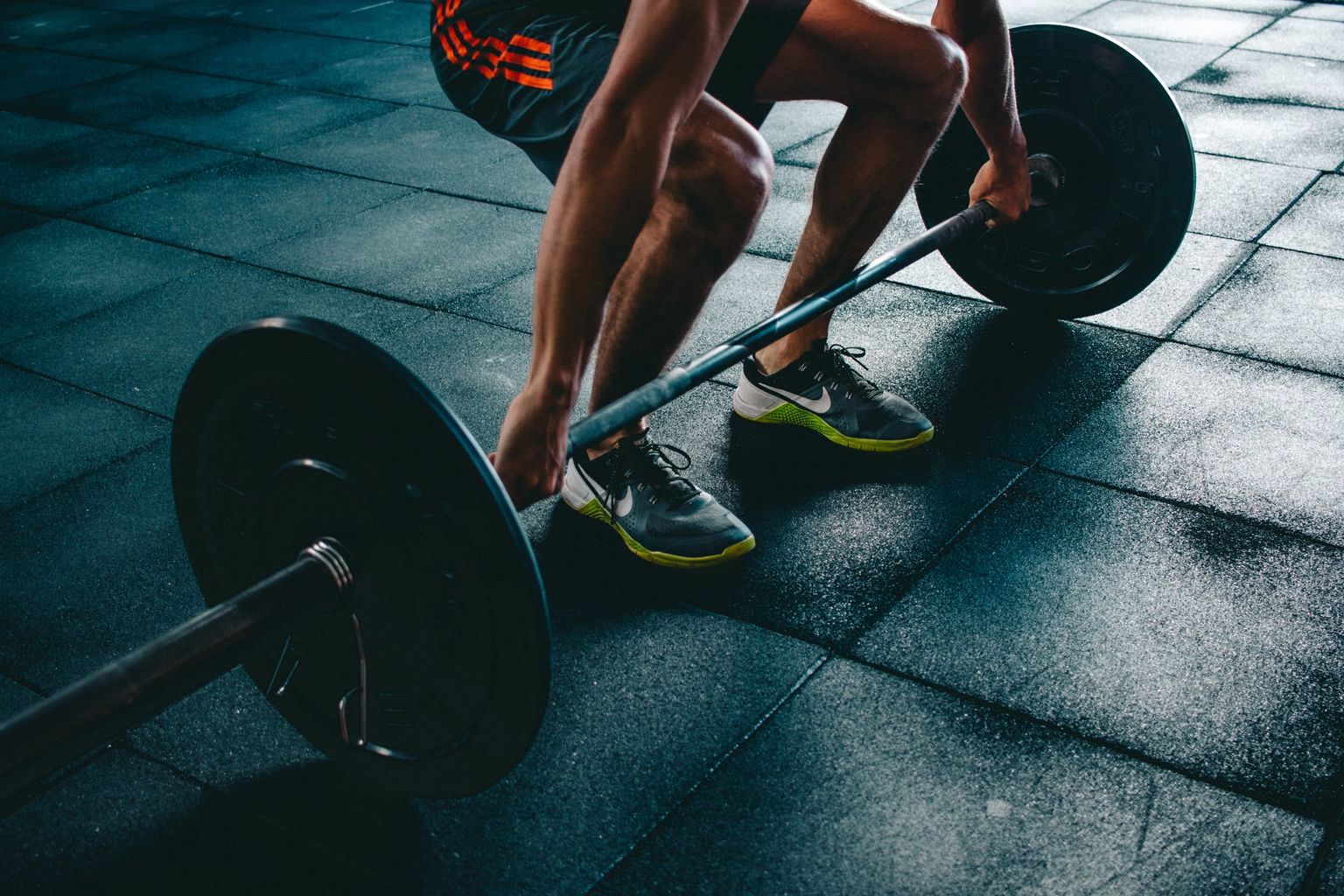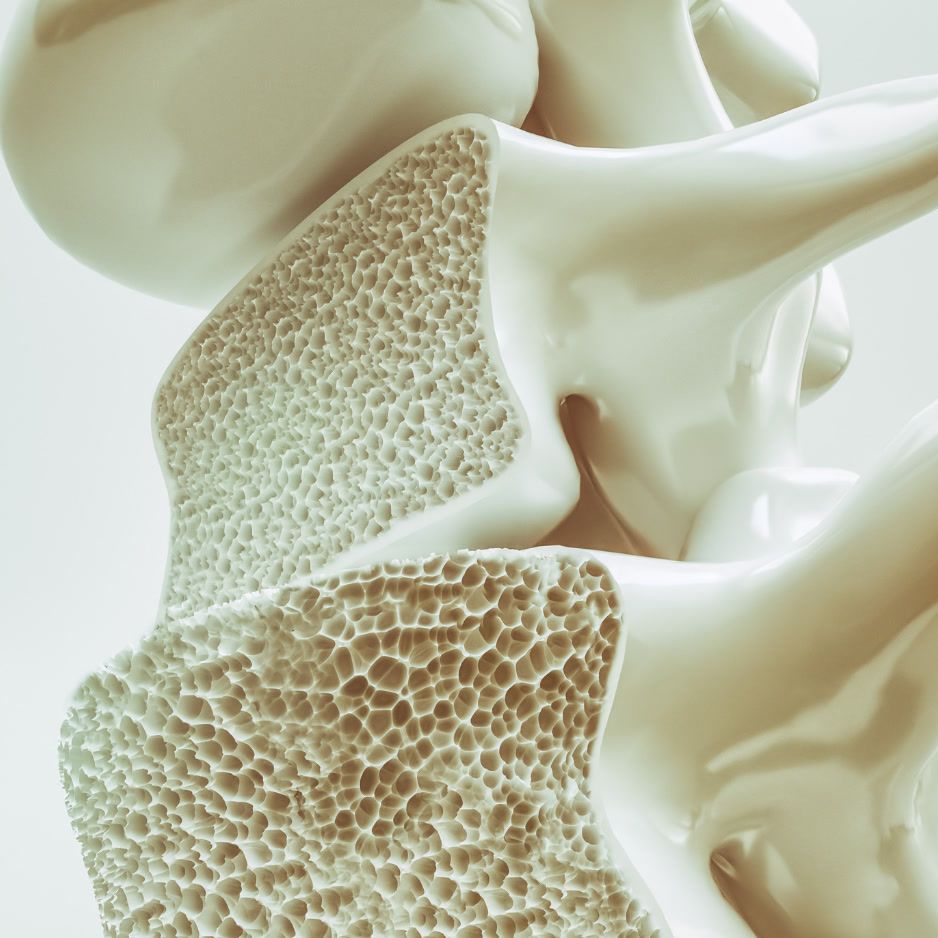Hot or Cold Shower When Sick? A Science-Backed Guide
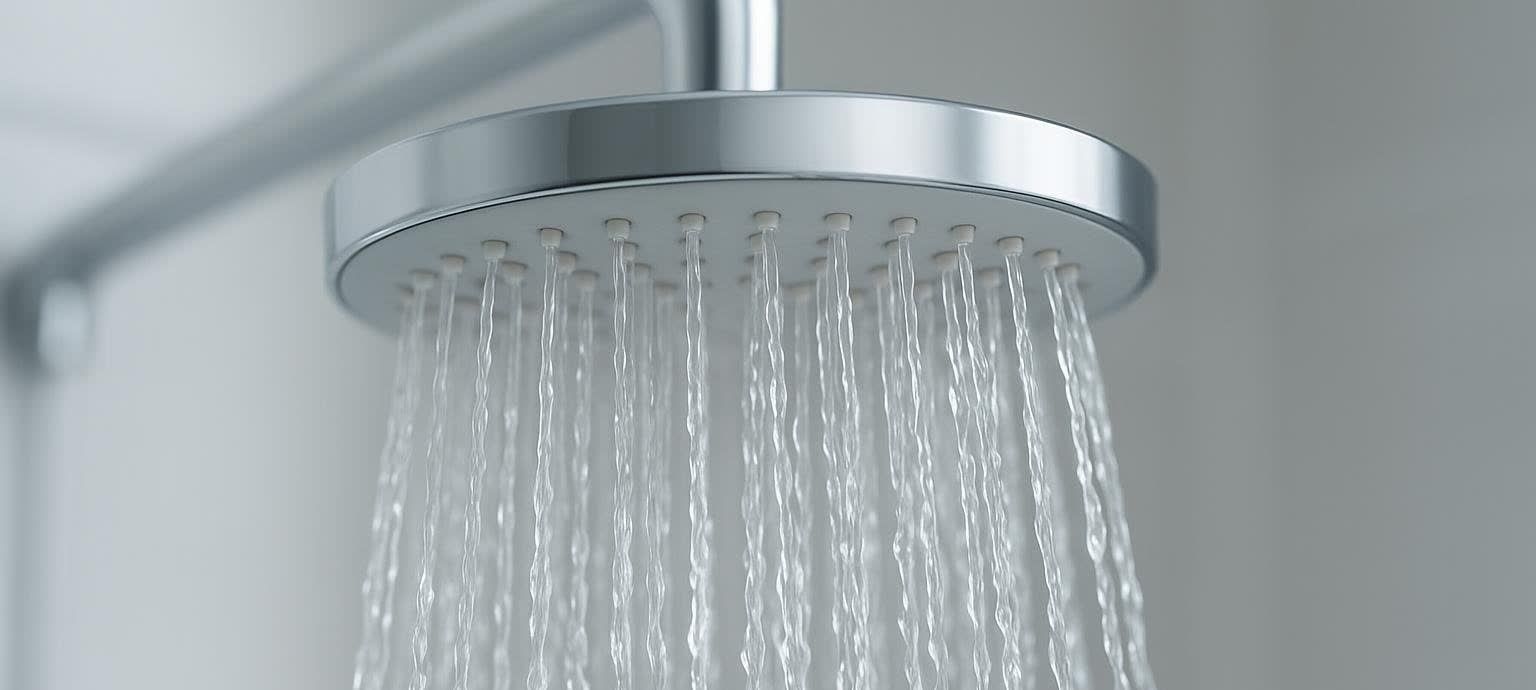
Hot or Cold Shower When Sick With Fever? A Science-Backed Guide to Feeling Better Fast
Quick-Guide (30-Second Answer)
• Skip the extremes: Aim for a lukewarm (85–95 °F / ~29.5–35 °C) shower to avoid triggering shivers or overheating.
• Keep it short: 5–10 minutes max, then dry off and rest.
• Hydrate before & after; your body loses extra fluids when you’re febrile.
• Call a healthcare provider if your fever hits ≥103 °F (39.4 °C) or lasts more than 3 days (Cleveland Clinic).
Wondering whether a hot or cold shower when sick with fever is the smarter move?
Fever is your body’s built-in defense system, but that doesn’t mean you must endure dripping sweat or shiver under a pile of blankets.
A well-timed shower can dial down discomfort—if you choose the right water temperature.
Let’s unpack the science behind thermoregulation and outline safe, symptom-targeted shower strategies for parents, busy students, and dedicated athletes.
How Fever Changes Your Internal Thermostat
When you’re fighting an infection, immune messengers called pyrogens reset the hypothalamus—your brain’s thermostat. This new set-point forces your core temperature to rise.

The extra heat makes it harder for some viruses and bacteria to replicate and revs up white-blood-cell activity.
But that temperature bump often comes with common side effects:
- Chills or shivering as the body tries to reach its new set-point
- Sweating once the immune response winds down
- Faster breathing and heart rate, increasing fluid loss
Understanding these phases matters because water that’s too cold can ramp up shivering (raising temp), while water that’s too hot can widen blood vessels (vasodilation) and spike sweating, leading to further dehydration (Verywell Health).
Cold vs. Lukewarm vs. Hot: How Each Shower Temperature Affects a Fever
Choosing the right water temperature isn’t just about comfort—it controls how efficiently your body can shed excess heat. Below is a quick comparison showing how cold, lukewarm, and hot showers interact with a fever.
| Shower Temp | Key Physiologic Effect | Best For | Biggest Risk |
|---|---|---|---|
| Cold (≤84 °F / <29.5 °C) | Sudden skin cooling; triggers shivering & vasoconstriction | Over-heated feeling with no chills | Shivering may raise core temperature, especially in kids |
| Lukewarm/Tepid (85–95 °F / 29.5–35 °C) | Gentle heat loss via conduction & evaporation without shiver reflex | Most people with typical viral fevers | Minimal—may feel cool if you stay in too long |
| Warm/Hot (≥96 °F / >35 °C) | Vasodilation relieves muscle aches, eases congestion | Adults with severe body aches or sinus pressure who are also chilled | Can increase core temp & dehydration; not for infants/elderly |
The Bottom Line
• Choose lukewarm first. It balances comfort and cooling without shocking your system.
• Use cold water only as a quick splash on pulse points (wrists, neck) if you’re sweating and feeling flushed—not shivering.
• Reserve hot showers for congestion relief and follow with a cool drink and light clothing to avoid rebound heat.
Step-by-Step Fever Shower Protocols
1. General Adult Protocol (All Personas)
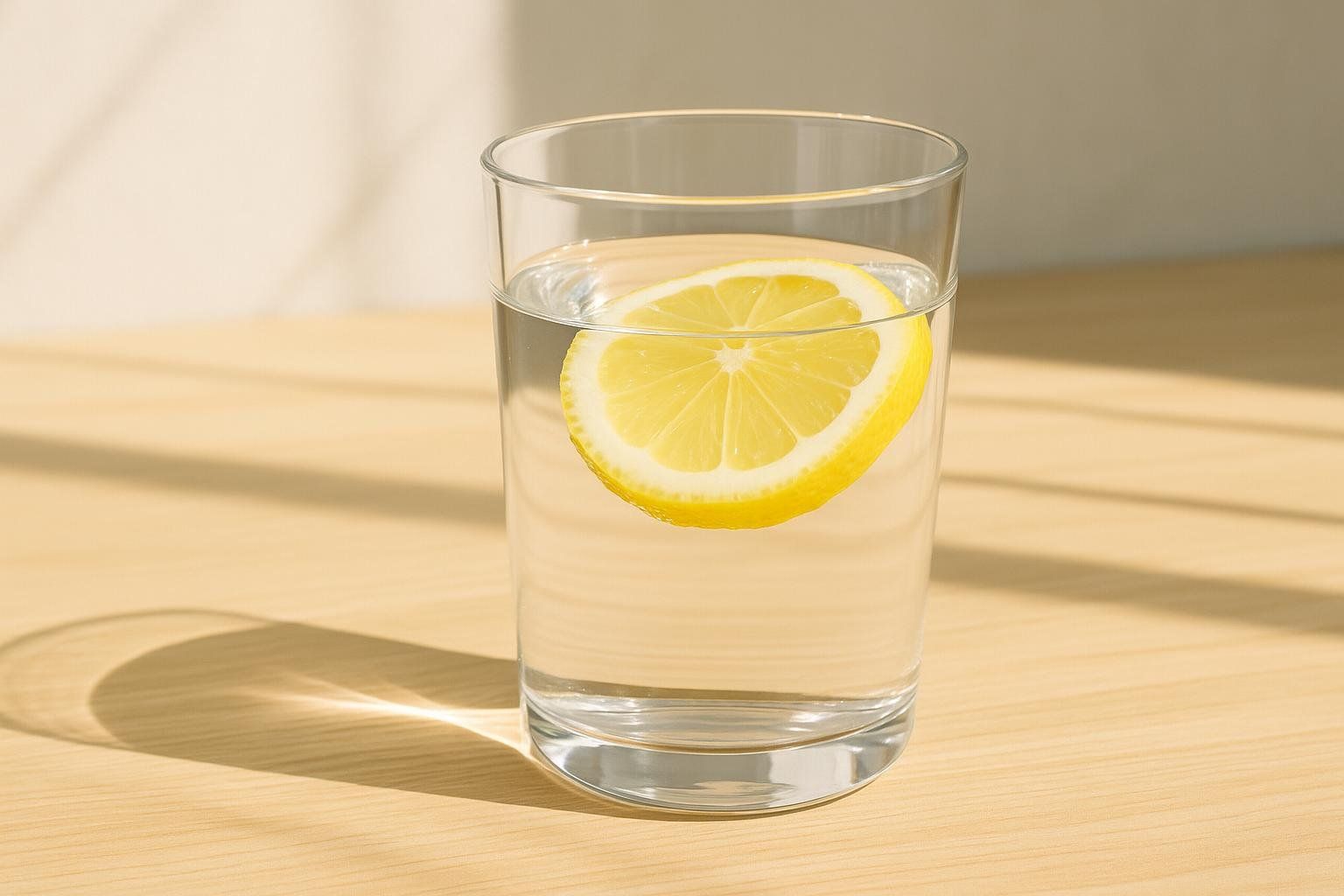
- Check temperature: If it reaches ≥103 °F (39.4 °C), call a doctor before bathing.
- Hydrate: 8 oz (240 mL) of water or an electrolyte drink.
- Set shower to lukewarm.
- Limit to 5–10 minutes. Focus spray on back of neck and underarms—high-blood-flow zones.
- Pat dry; dress in breathable cotton.
- Rest in a 68–72 °F (20–22 °C) room and continue to hydrate.
2. Parents Bathing a Feverish Child
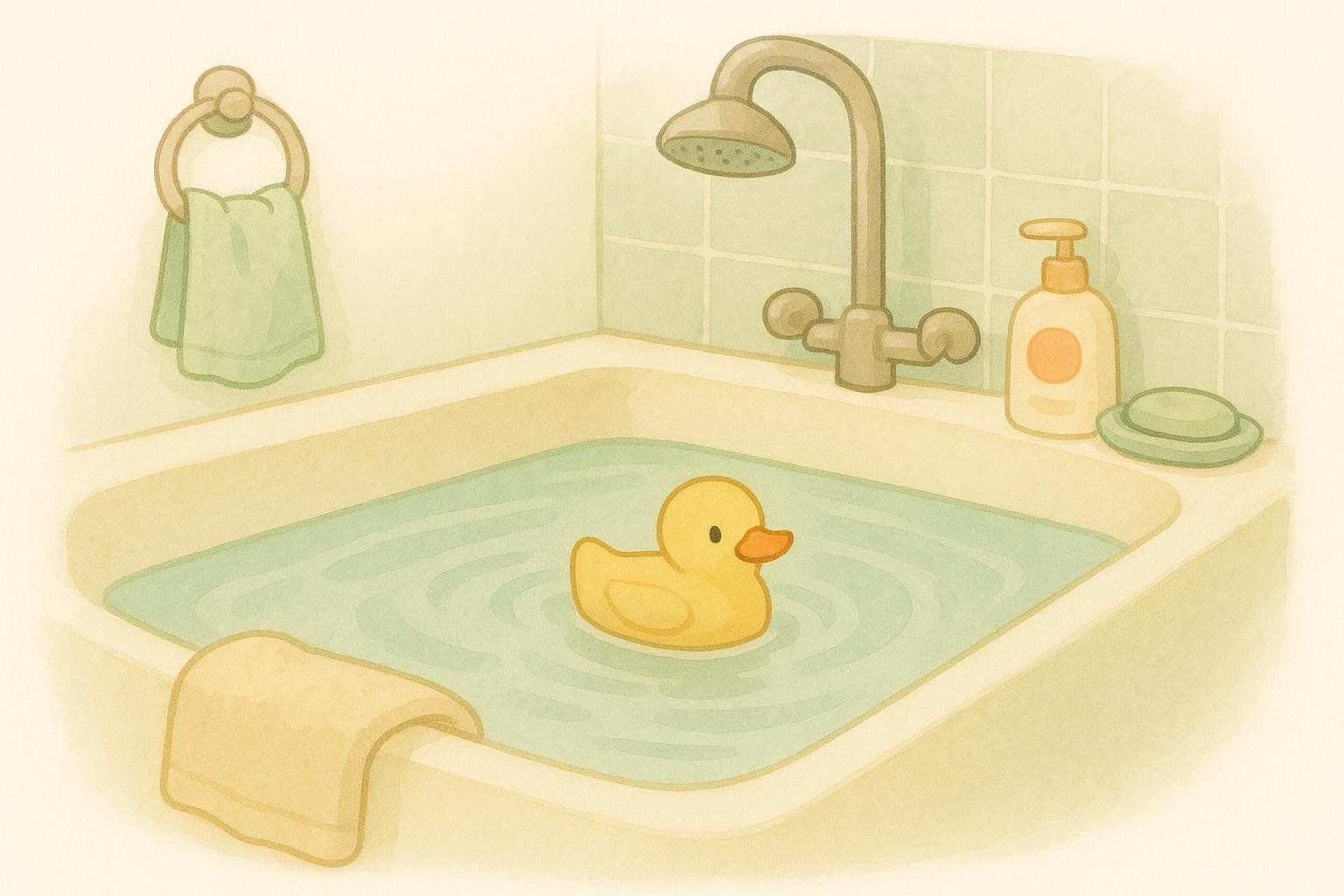
- Skip cold plunges. Instead, run a tepid bath (≈90 °F / 32 °C) reaching only the child’s waist while they sit and play for 5 minutes.
- Constantly monitor for shivering; end bath immediately if it starts.
- Keep bathroom door slightly open to prevent steam build-up.
- Avoid menthol or eucalyptus additives, which can irritate young airways and may increase mucus production (Wake Forest School of Medicine).
3. College Student in a Dorm

- Time it: Shower right before a planned nap to leverage post-shower cool-down for better sleep.
- Bring a water bottle into the stall; drink during the rinse.
- Wear loose sweats afterward—no heavy hoodies that trap heat.
4. Fitness Enthusiast / Athlete
- After a lukewarm rinse, you may briefly run cool—not icy—water over small areas like wrists or calves for 15 seconds each. Because these are localized and mild, they lower surface temperature without the full-body vascular shifts of contrast therapy. Skip this step if you feel chilled or light-headed.
- Post-fever, transition back to training with these illness-recovery tips.
Extra Comfort Hacks That Don’t Involve the Shower
- Cool compress: Place a cloth-wrapped ice pack under an armpit for 10 minutes (Cleveland Clinic).
- Room airflow: A small fan on low helps evaporate sweat without chilling skin.
- Sponge bath: Dip a washcloth in lukewarm water, wipe arms/legs, wait 30 sec, dab dry—great if standing makes you dizzy.
- OTC meds: Acetaminophen or ibuprofen reduce both fever and aches; follow dosing instructions strictly.
- Mind the layers: Light PJs plus a single breathable blanket are better than bundling up in heavy blankets.
For a deeper dive into the perks (and caveats) of colder water, check out “Discover the Amazing Benefits of Cold Showers”.
Safety Checklist & Red-Flag Symptoms
✅ OK to shower if fever is below 103 °F (39.4 °C), you’re stable on your feet, and you’re not actively shivering.
✅ Stop immediately if you feel light-headed.
✅ Keep bathroom floor dry to avoid falls; use a mat.
✅ Elderly individuals or those with mobility issues should consider a shower chair and have assistance available to minimize fall risk when showering with a fever.
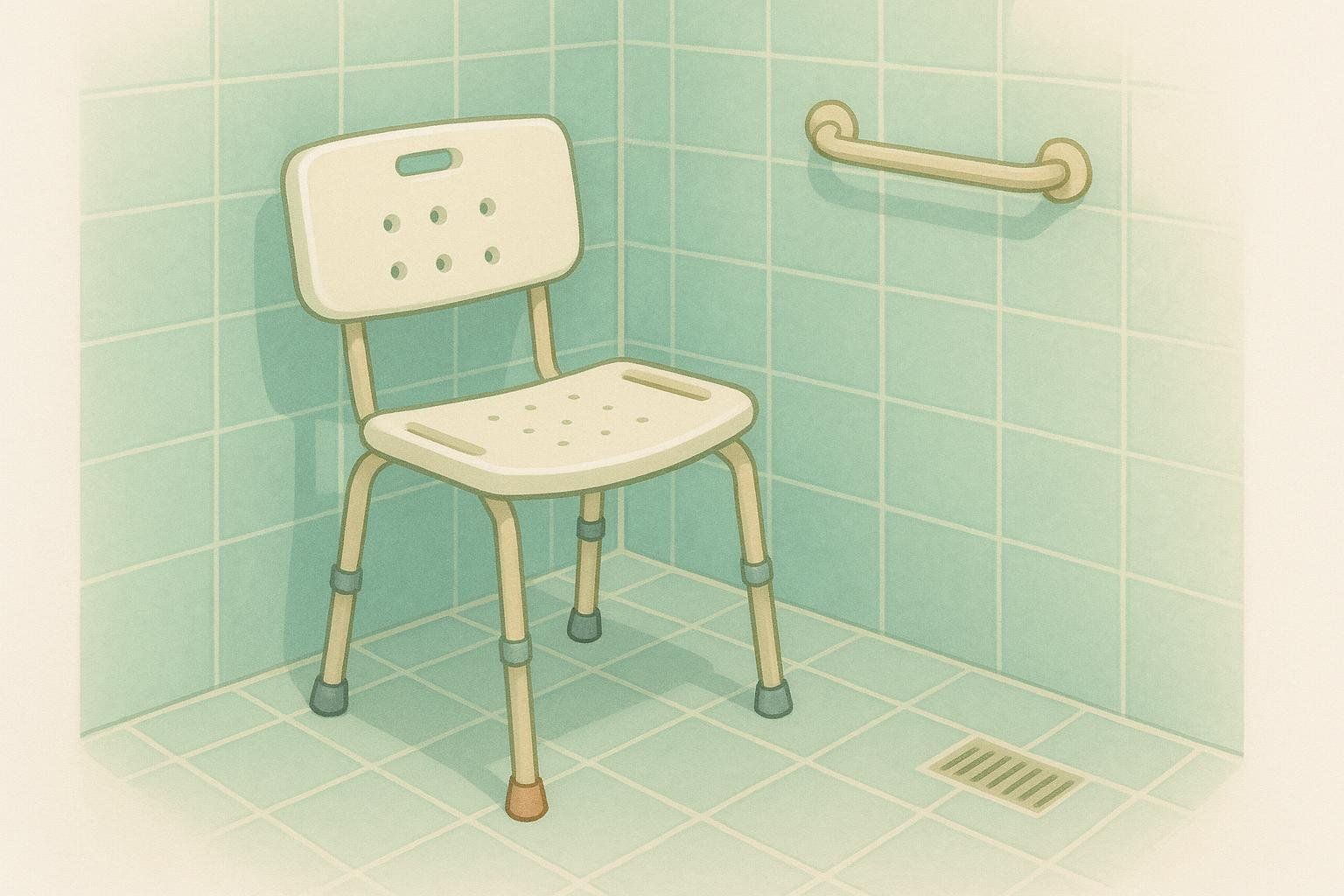
🚩 Seek medical attention if:
• Fever reaches 103 °F (39.4 °C) or higher or persists beyond 72 hours
• Accompanied by stiff neck, rash, breathing trouble, or confusion
• Child under 3 months old registers 100.4 °F (38 °C) or higher
• You are immunocompromised or recently traveled to a malaria-risk area
Frequently Asked Questions
Can a cold shower “shock” my system when I’m sick?
A sudden cold blast triggers the mammalian dive reflex and shivering, which can momentarily raise blood pressure and increase core temperature. That’s the opposite of what you want during a fever.
Will a hot steam shower break up congestion without worsening fever?
Yes—steam thins mucus, but keep water just above body temperature and limit exposure. Follow with hydration and a brief cool towel on the forehead to prevent overheating.
Is alternating hot-cold (contrast) shower therapy safe with a fever?
Skip it until your temperature is back to normal. Rapid, whole-body temperature swings can stress the cardiovascular system and complicate recovery.
What about sponge baths with rubbing alcohol?
Don’t do it. Alcohol evaporates fast, causing surface cooling but poses poisoning risk through skin absorption, especially in children (Verywell Health).
Key Takeaways
- Lukewarm water is the Goldilocks zone—cool enough to lower discomfort, warm enough to avoid shivering.
- Short, hydrated, and safe: 5–10 minutes plus fluids beats marathon showers.
- Tailor your approach: Kids, students, and athletes each benefit from nuanced tweaks.
- Always monitor for red-flag symptoms and consult a medical professional when in doubt.
If you’re already tracking your body composition—or you experienced a longer bout of illness that limited eating and activity—a follow-up BodySpec DEXA scan can show whether muscle or fat mass shifted during downtime and help you fine-tune your comeback plan.
Last updated: May 30, 2025
